The king of motor sales! "Made in China 2025" booster!
Asynchronous motor is also called "induction motor", that is, the rotor is placed in a rotating magnetic field, and under the action of the rotating magnetic field, a rotational torque is obtained, so the rotor rotates.
01
The asynchronous motor was invented in 1885 by the Italian physicist and electrical engineer Ferraris. In 1889, Mikhail Dolivo-Dobrovolsky invented the squirrel-cage asynchronous motor.
▲Schematic diagram of squirrel cage asynchronous motor
The development of asynchronous motor is rapid. For the same size asynchronous motor, the rated power has developed from 5.5kW in 1897 to 74.6kW in 1976. Now, squirrel-cage asynchronous motors are the most widely used asynchronous motors.
The rotor of the asynchronous motor is a rotatable conductor, and the stator is the non-rotating part of the motor, whose main task is to generate a rotating magnetic field. The rotating magnetic field is not realized by a mechanical method, but is passed through several pairs of electromagnets with alternating current, so that the properties of the magnetic poles are cyclically changed, so it is equivalent to a rotating magnetic field.
Through the relative movement of the rotating magnetic field generated by the stator and the rotor winding, the rotor winding cuts the magnetic field lines to generate an induced electromotive force, thereby generating an induced current in the rotor winding. The induced current in the rotor winding acts with the magnetic field to generate electromagnetic torque, which makes the rotor rotate.
▲Three different phase magnetic field vectors are superimposed to form a rotating magnetic field
When the rotor speed gradually approaches the synchronous speed, the induced current gradually decreases, and the generated electromagnetic torque also decreases accordingly. When the asynchronous motor works in the motor state, the rotor speed is less than the synchronous speed.
▲Three-phase alternating current generates rotating magnetomotive force and rotating magnetic field
▲Typical winding mode of three-phase four-pole motor
▲Asynchronous motor stator is installed with copper coil
Asynchronous motors are mainly used as motors, and their power ranges from a few watts to tens of thousands of kilowatts. They are the most widely used motors in various industries of the national economy and people's daily life, providing power for a variety of mechanical equipment and household appliances.
For example, machine tools, small and medium-sized steel rolling equipment, fans, pumps, light industrial machinery, metallurgy and mining machinery are mostly driven by three-phase asynchronous motors; single-phase motors are widely used in household appliances such as electric fans, washing machines, refrigerators, and air conditioners. Induction motor. Asynchronous motors can also be used as generators for wind power plants and small hydropower plants, etc.
Asynchronous motors are the most widely used in electric vehicles. Compared with DC motors, they have a wider range of speed adaptations, so that they can meet the needs of high-speed cruising even if they are not equipped with a two-stage differential or gearbox.
The asynchronous motor has the ability of variable frequency speed regulation, and its effect is equivalent to the relatively linear correspondence between the engine speed and the vehicle speed when the vehicle equipped with the continuously variable transmission is accelerated.
It is also easier to achieve kinetic energy recovery with asynchronous motors. When the vehicle is coasting or braking, the wheel anti-drag motor rotates. Under this condition, the motor can generate electricity and recover the electric energy into the battery, thereby extending the cruising range of the vehicle.
02
The Tesla MODEL S uses an asynchronous motor, and a variety of hybrid electric motors on the market, including the Roewe 550 Plug-in, are also using this technology. The reason why the asynchronous motor is selected is because of its strong anti-interference ability and high-speed weak magnetic field running ability, although the power is large, the structure is simple and the work is reliable.
The patented technology of Tesla induction motor rotor is the same as that of welding squirrel cage technology. The copper strip is inserted into the rotor slot. After insertion, the effect is as follows:
The next step should have been to weld the end rings, but Tesla took a different approach and made a set of silver-plated copper wedges, which were inserted into the gaps at the ends of the copper bars, so that a mechanically constructed end ring would be Manufacturing is complete.
After the wedge is inserted, welding is performed between the wedge and the copper bar. This welding requirement is much lower in cost and difficulty than induction brazing of the end ring in the welding solution. After welding, the confinement rings are placed on both ends of the hoop (part 107 in the figure below)
This patent uses an ingenious solution to complete the manufacture of low-cost, high-efficiency copper-core rotors, which is one of Tesla's core technologies.
▲One-way induction motor
The working principle of a unidirectional induction motor, the stator usually contains two windings, the rotor is a cage type, most single-phase induction motors are unidirectional operation, this is because they are designed to rotate in one direction.
▲One-way induction motor
▲One-way induction motor
▲Three-phase induction motor
The three-phase induction motor is an AC motor that generates electromagnetic torque to drive the rotor to rotate by the interaction of the rotating magnetic field formed by the stator winding and the magnetic field of the induced current in the rotor winding.
▲Three-phase induction motor
For most of the fans and pumps that do not need speed regulation, the use of AC speed regulation can greatly save energy, so the research on speed regulation and energy saving of induction motors is of great significance.
▲Three-phase induction motor
Three-phase induction motors are mainly used in computer peripheral equipment, lathe systems, photoelectric combination devices, valve control systems, nuclear reactors, surface grinders, CNC machine tools, automatic winding machines, electronic clocks and medical equipment.











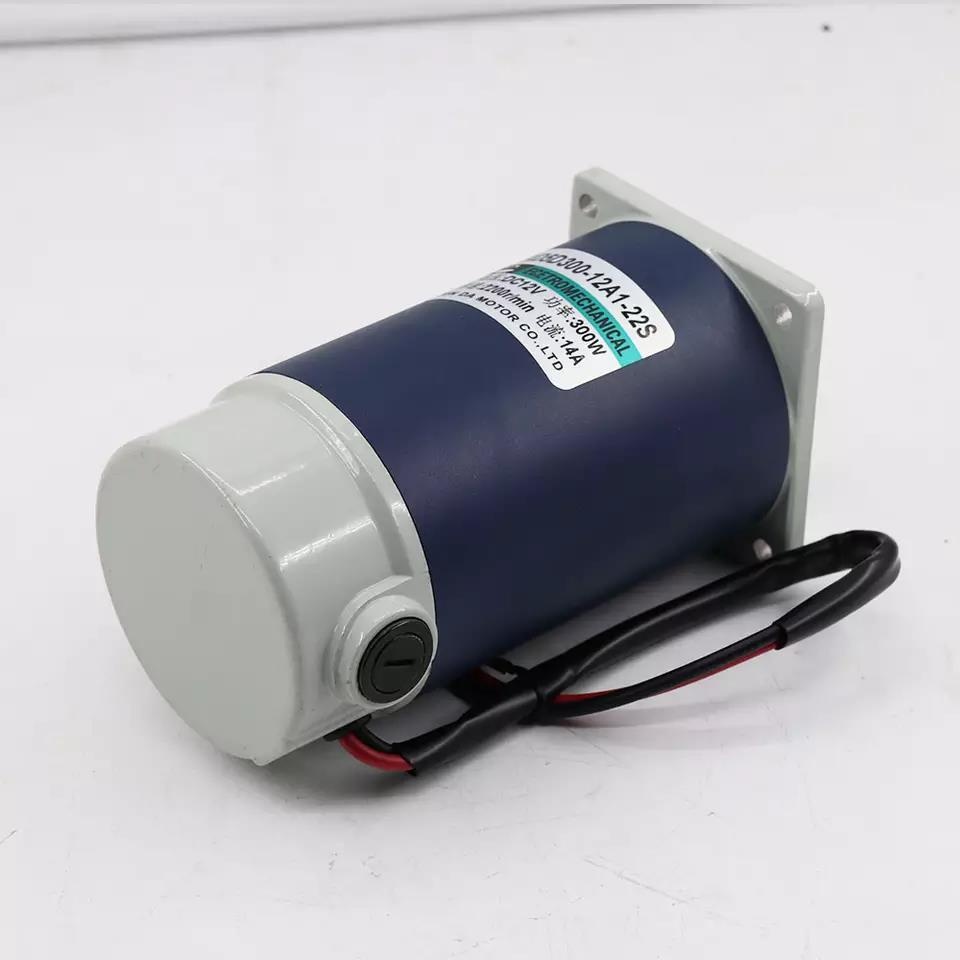


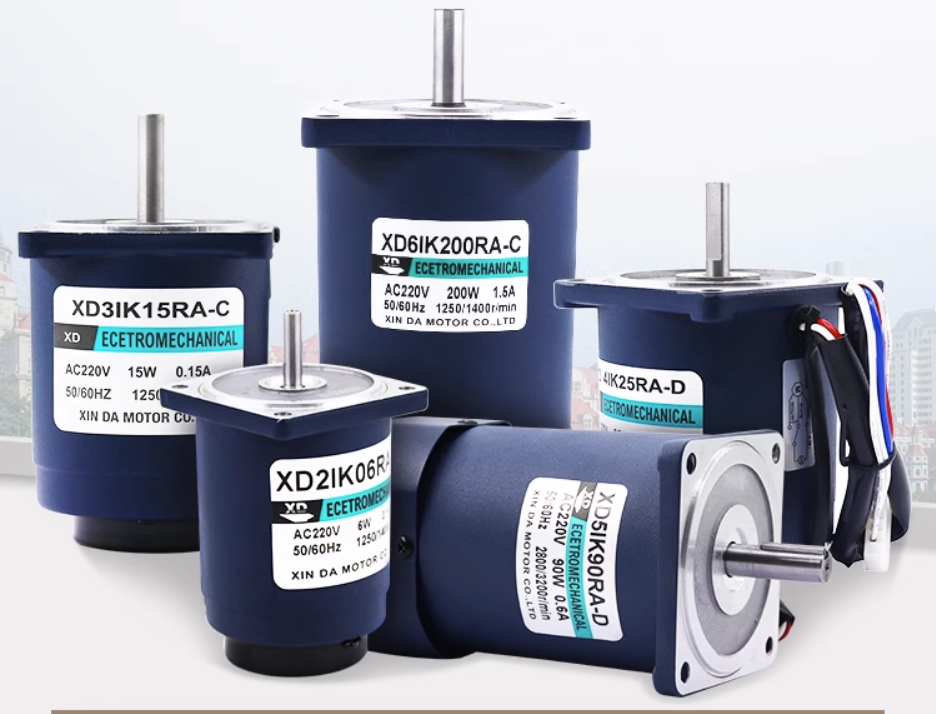


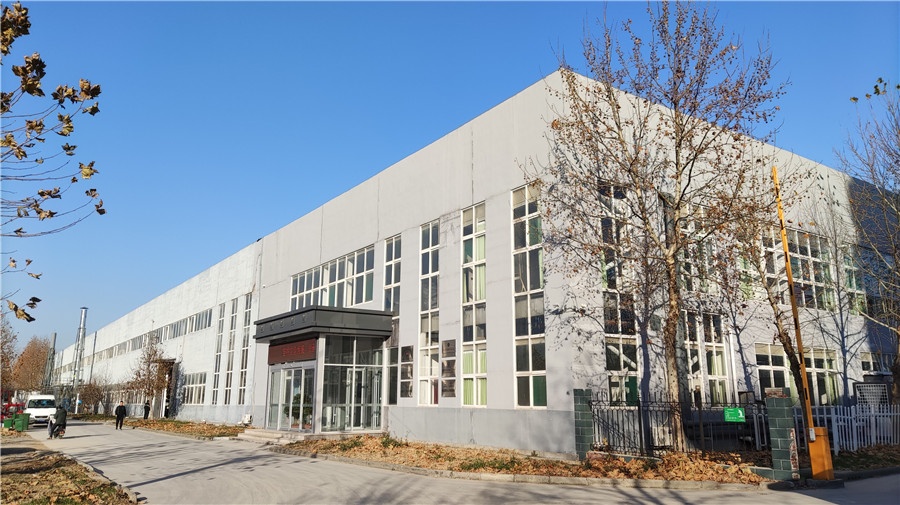
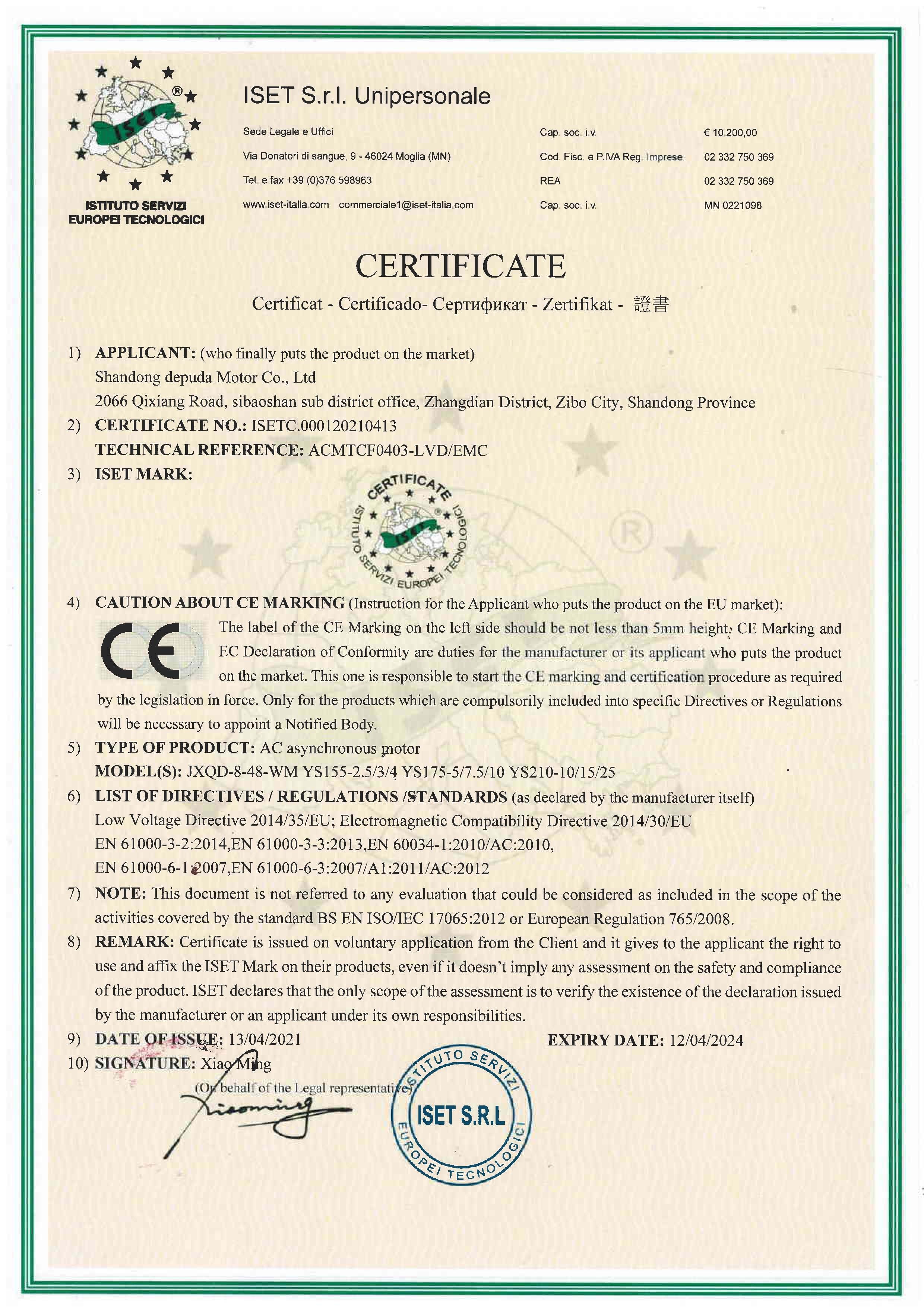
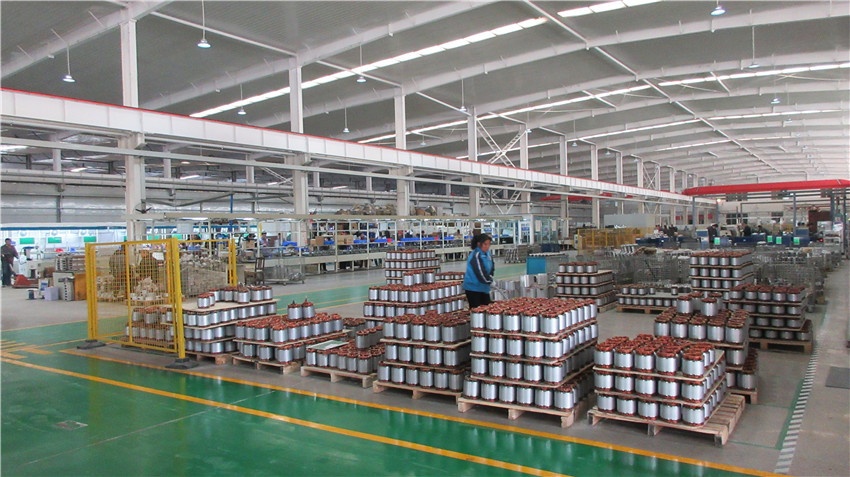
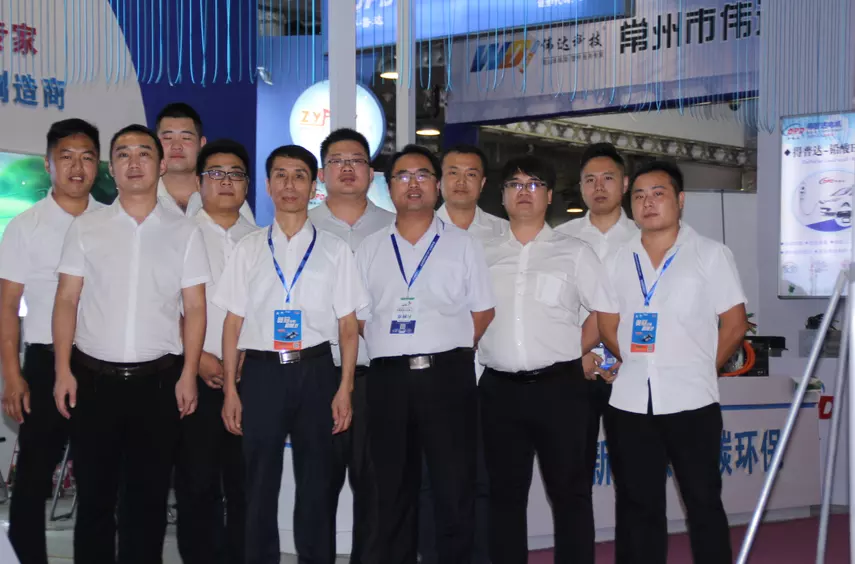


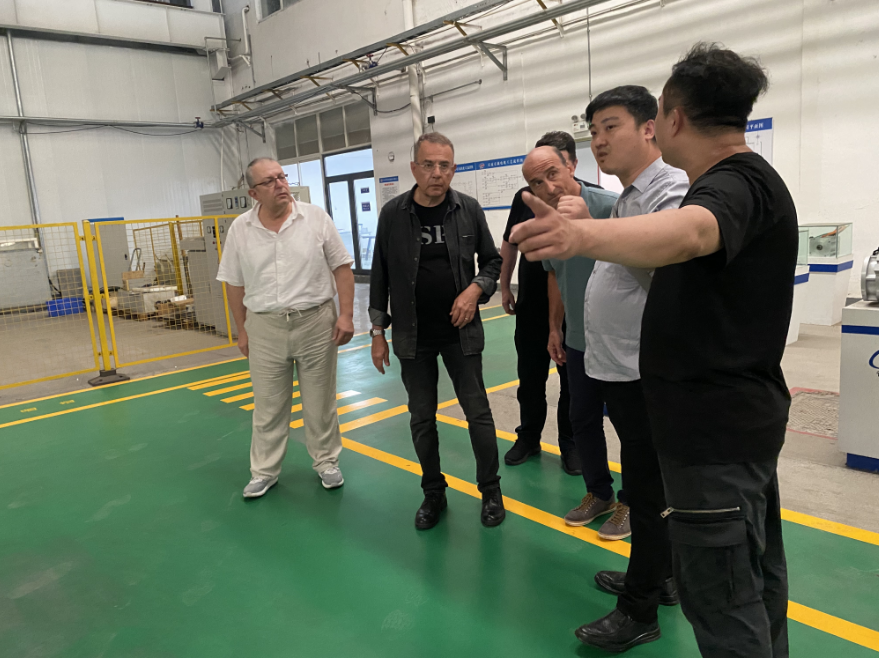
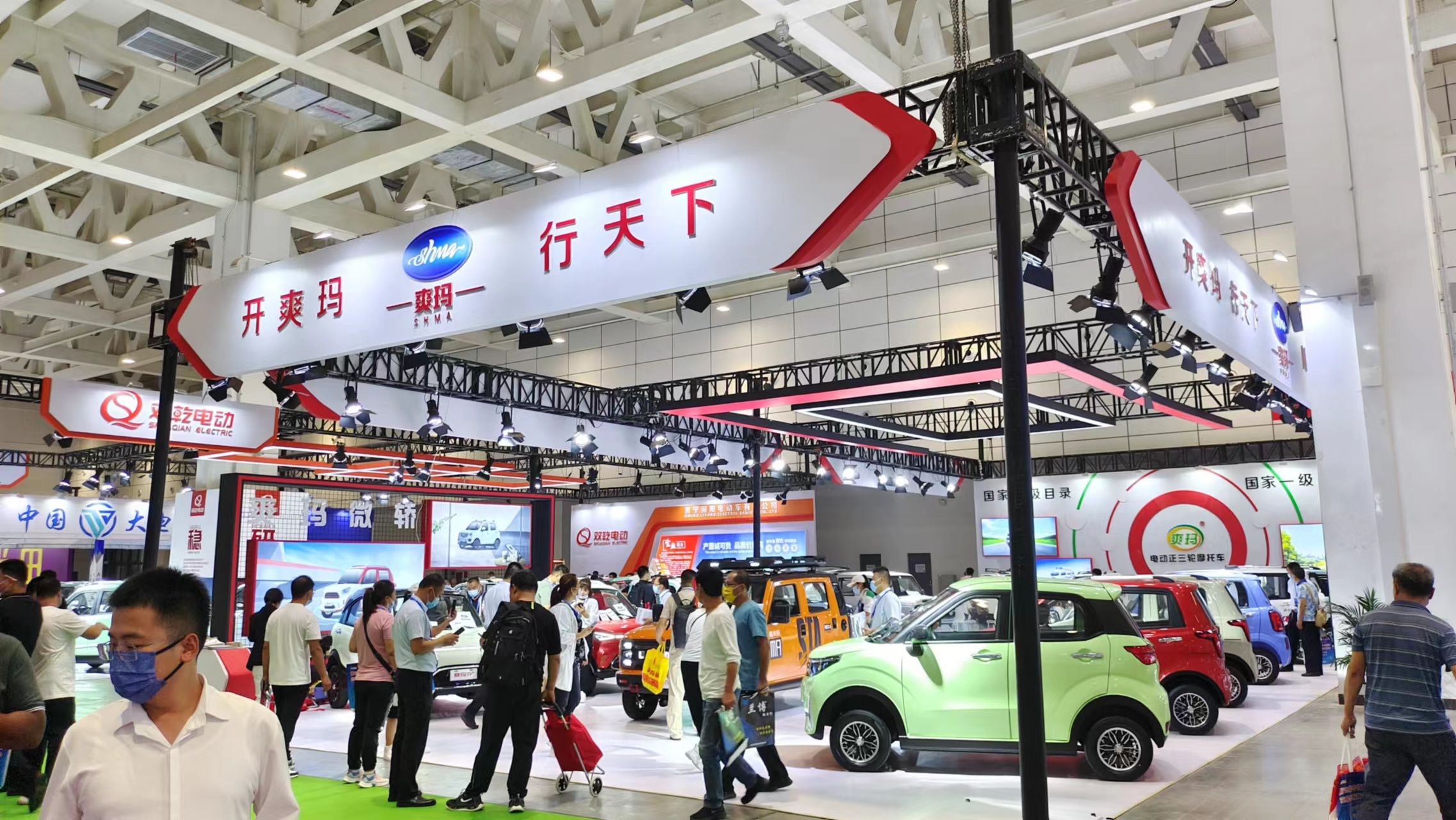


 XINDA
XINDA